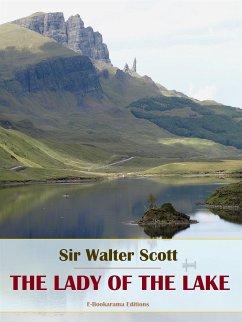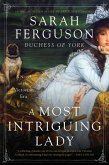Scott began writing "The Lady of the Lake" in August 1809 while holidaying with his wife, Charlotte, and daughter, Sofia, in the Trossachs and along the shores and islands of Loch Katrine, the very scenes that would provide the poem's setting.
"The Lady of the Lake" marked the pinnacle of Scott's popularity as a poet. With 25,000 copies sold in eight months, it broke all records for the sale of poetry, and Scott's fame spread beyond Great Britain to the United States. The critics almost matched the enthusiasm of the public.
This narrative poem has three main plots: the contest among three men, Roderick Dhu, James Fitz-James, and Malcolm Graeme, to win the love of Ellen Douglas; the feud and reconciliation of King James V of Scotland and James Douglas and a war between the lowland Scots (led by James V) and the highland clans (led by Roderick Dhu of Clan Alpine). The poem was tremendously influential in the nineteenth century, and inspired the Highland Revival.
"The Lady of the Lake" marked the pinnacle of Scott's popularity as a poet. With 25,000 copies sold in eight months, it broke all records for the sale of poetry, and Scott's fame spread beyond Great Britain to the United States. The critics almost matched the enthusiasm of the public.
This narrative poem has three main plots: the contest among three men, Roderick Dhu, James Fitz-James, and Malcolm Graeme, to win the love of Ellen Douglas; the feud and reconciliation of King James V of Scotland and James Douglas and a war between the lowland Scots (led by James V) and the highland clans (led by Roderick Dhu of Clan Alpine). The poem was tremendously influential in the nineteenth century, and inspired the Highland Revival.









